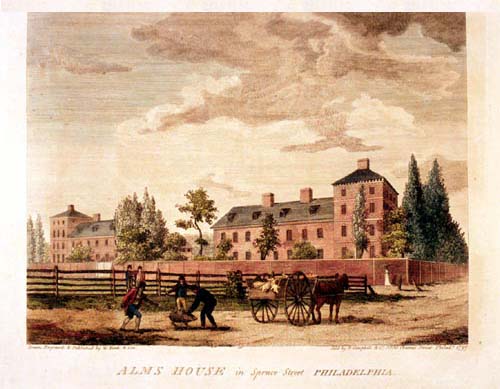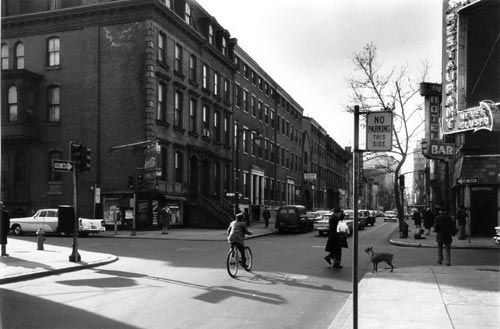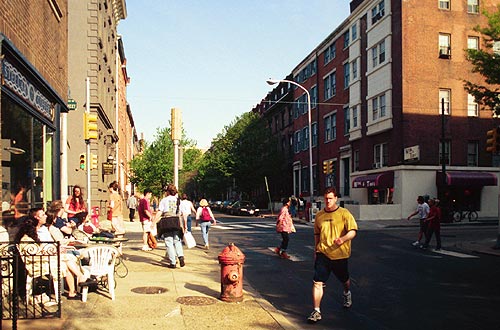The ship that brought William Penn to Philadelphia in 1682 on his initial voyage was most appropriately named, Welcome. Welcome typified his "Holy Experiment," his province of Pennsylvania, which became the most diversely populated colony. In Penn's time all immigrants, regardless of their religious or ethnic background, were welcomed. Quaker immigrants arriving in need of financial assistance were given or lent money interest free, but the others became the responsibility of the city. The Friends established the first alms house in the city in 1713 on Walnut Street near Fourth. Poor of all faiths lived there in cottages and were encouraged to work. In 1717 the Assembly ordered that a "workhouse" for the colony be built in Philadelphia within three years. With the Friends' alms house meeting much of the need, public officials continuously delayed construction. The first public alms house finally opened in 1732, occupying the entire block between Third and Fourth, Spruce and Pine Streets. Regarded as a model institution, it had separate facilities for the indigent and the insane, and also an infirmary. (Pennsylvania Hospital, founded much later in 1751, is recognized as the nation's first hospital, see Plate 26.) In 1767, the much larger alms house with an infirmary, shown in the engraving (BG-L), and the house of employment or workhouse (BG-R) were completed on the south side of Spruce Street between Tenth and Eleventh. By 1830, overcrowding necessitated further expansion, and a new alms house for men and another for women, a separate hospital and a house of employment were built, 1833-34, across the Schuylkill River in Blockley Township (now known as West Philadelphia). "Old Blockley," as the facilities were later called, in 1920 became the Philadelphia General Hospital, an 1800 bed city charitable institution, which closed in the mid-1970s.
Photographs
After the alms house and house of employment were opened in West Philadelphia in 1835, the land was sold to developers who erected groups of fine four-story, single family, attached brick houses along the south side of Spruce Street. Later, brown stone houses with mansard roofs were constructed between the earlier properties. Today most of the houses in that row have been converted into multi-family dwellings. The area is attracting young professionals, students, and workers associated with the nearby hospitals, art school and a myriad of businesses. The 1960 photograph was taken near Tenth Street (FG) looking west at the south side of Spruce Street, and the 2000 photograph was taken near Eleventh Street looking east at the same row of houses.
Back Next




